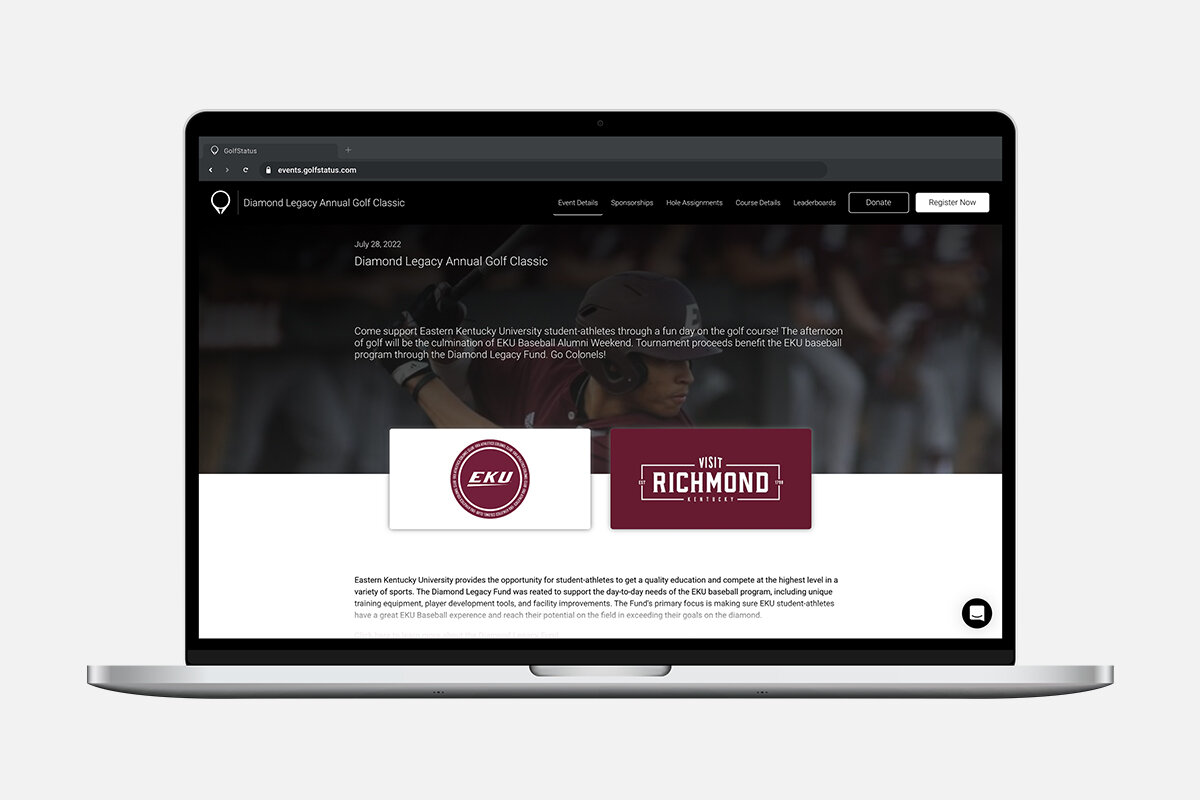GolfStatus caught up with Rita Tateel, President at The Celebrity Source, a full-service celebrity sourcing agency and new GolfStatus partner, to talk about the value that having a celebrity at a golf fundraiser brings to the event and cause.
Q: First off, what exactly do you mean when you say “celebrity”?
A: Really, who is deemed a “celebrity” is defined by the audience. It’s not necessarily an actor or sports figure; it’s anyone in the public eye within their field or discipline. So it’s a very broad definition—anyone from a famous scientist, writer, or astronaut to a reality television star, football player, YouTube star, performer, or movie actor.
Q: What does having a celebrity at a golf fundraiser bring to the event?
A: Everyone, whether they admit it or not, gets excited about meeting someone famous. There’s an excitement that a celebrity brings to an event that simply can’t be duplicated. Celebrities raise visibility, not only for the event itself, but for the cause it’s connected to. There’s also the credibility factor—people see that if a celebrity is participating, they assume the tournament must be worthwhile. You’re likely to see more press interested in covering the tournament (and you should definitely alert the media about the event) because a celebrity is attending, which means even more exposure for sponsors, the benefiting organization, and/or cause. What’s more, a celebrity presence opens the door to new, lucrative sponsorships as well as attracting more teams with the option of charging a higher registration package price.
Q: What should an event organizer consider when determining whether or not to pursue having a celebrity participate in their golf fundraiser?
A: There are a number of questions organizers should ask themselves before going down this road. First and foremost, what do I hope to accomplish by having the celebrity there—media coverage? Credibility? Increased awareness? Higher income potential? Next, can I cover the standard expenses (or do I have a sponsor I know will cover the costs)? Third, what do I want a celebrity to do at my golf event and what are the highest priorities? Determining the “why” will help organizers decide if it’s something worthwhile to pursue.
Budget is perhaps the main consideration. If an event is hoping to secure a celebrity, expenses need to be covered, even if the celebrity isn’t being paid to attend. At a minimum, they’ll need to cover two first-class airfares, ground transportation to and from the airport to the event, first-class hotel accommodations, and a per diem to cover meals. Oftentimes these costs can be covered by a sponsor.
Q: How can organizers make the most out of having a celebrity attend their golf fundraiser?
A: Really think broadly about all of the ways a celebrity might be involved. It could be anything from a meet and greet on a specific hole of the golf course, emceeing or performing at the after party, or golfing with a specific sponsor’s foursome. It’s also key to have someone in charge of PR to get the most exposure possible for the celebrity’s participation and, in turn, for the nonprofit or charity. Organizers can solicit a volunteer or volunteers, pay a PR firm (or request pro bono services as part of a sponsorship or donation), or even reach out to PR students at a nearby college or university. And when marketing the event, include the celebrity’s participation everywhere possible—on the event website, promotional emails, social media posts, flyers, postcards, and the organization’s website.
Q: How do you help nonprofits find the right celebrity for a fundraising event like a golf tournament?
A: The Celebrity Source looks at a variety of factors that will get a celebrity to say “yes” to an event. For example, a personal association with a particular cause or the location of the event (e.g. near their hometown or favorite city), what perks/gifts are being offered for the celebrity’s participation, how passionate the celebrity is about golf, and any obvious connections to the event. Being a golfer is often a key factor, but keep in mind that there are different roles the celeb can play at the event, so they don’t have to play golf to still be a good match. The audience’s demographic also needs to be taken into account—both who it is trying to attract to play in the event as well as sponsor it. Our process takes all these factors into account to find the best match.
Technology For Your Golf Fundraiser
GolfStatus’s industry-leading golf event management and fundraising technology streamlines planning to save time and raise more money. Through GolfStatus.org and the company’s Golf for Good giveback initiative, qualifying 501(c) organizations and those holding events that benefit them can qualify for no cost access to the platform. Get started here or email events@golfstatus.org.
The Celebrity Source
The Celebrity Source has been in business over 30 years and has access to thousands of celebs from film, TV, music, sports, fashion, digital stars and influencers. Among the company’s specialties is cause-related celebrity outreach and coordination whereby the celebrities may not be paid—The Celebrity Source knows what it takes to get a celebrity to say yes apart from money. The Celebrity Source has helped hundreds of corporate and non-profit clients find authentic celebrity matches for events (live and virtual), PR/marketing/advertising campaigns, corporate meetings and cause-marketing strategies. Learn more about Celebrity Source by visiting thecelebritysource.com, emailing info@thecelebritysource.com, or calling 917-626-8368.






























